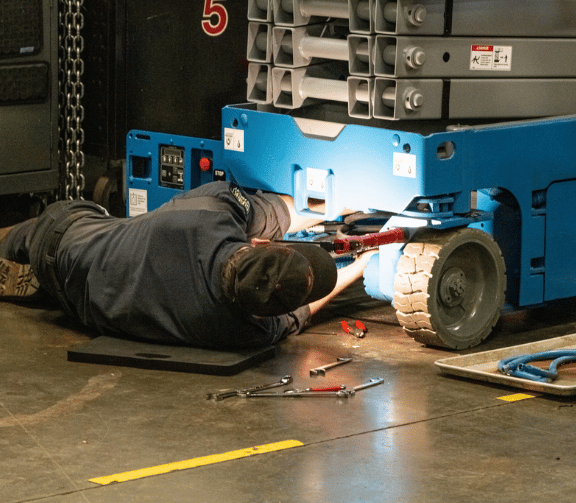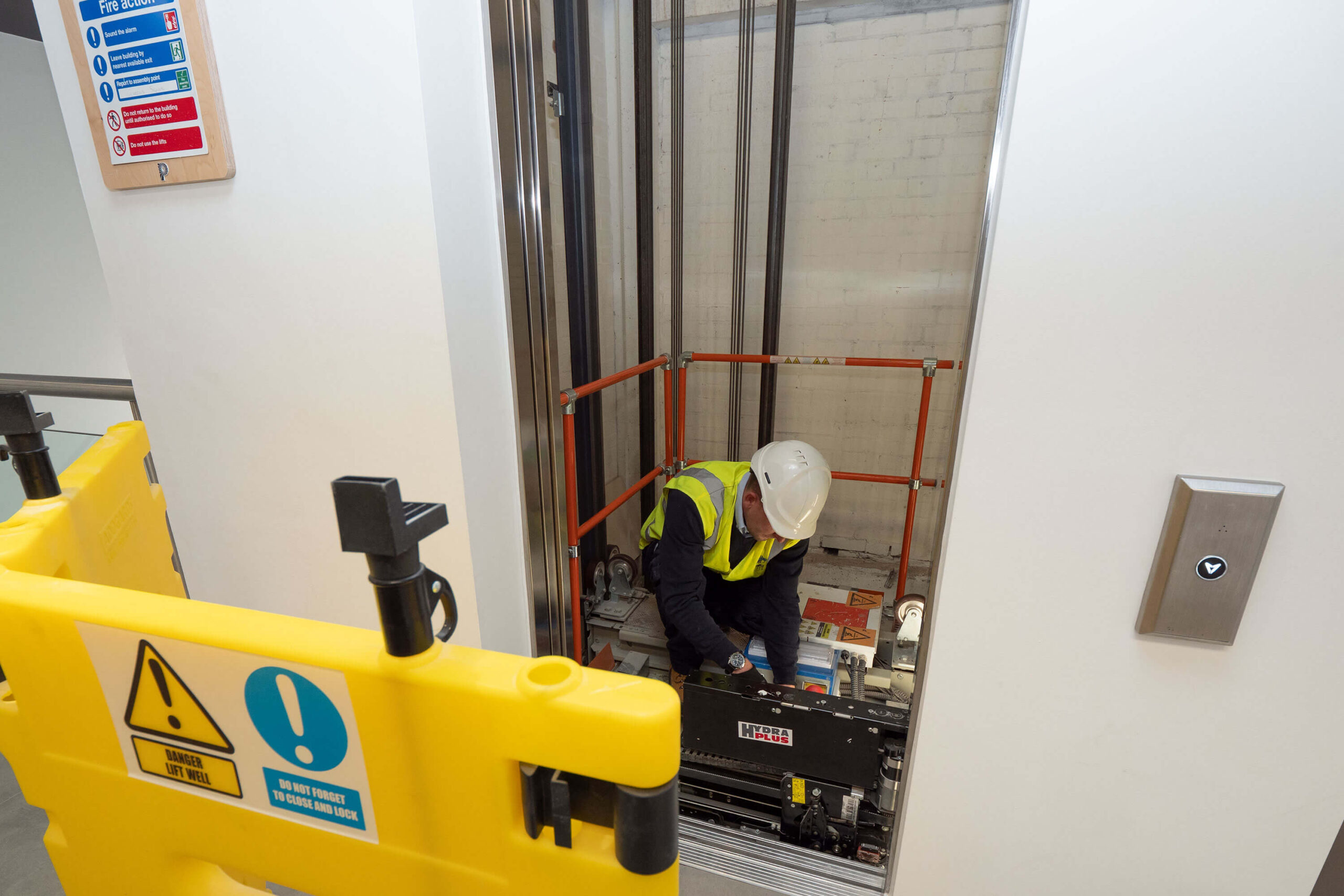Platform Lift Capacities Explained: Why They Issue for Lift Servicing
Platform Lift Capacities Explained: Why They Issue for Lift Servicing
Blog Article
Specialist Tips for Ensuring Safety Throughout Comprehensive Lift Fixing Treatments
In the world of comprehensive lift repair work procedures, safety and security stands as a paramount issue that requires thorough attention to detail and adherence to established procedures. The detailed nature of dealing with lifts requires a watchful method to safeguarding against prospective threats and making sure the well-being of workers entailed in repair jobs. Amidst the complex dancing of fixing and keeping lifts, a misstep can have serious consequences, highlighting the essential need for professional ideas to browse these treatments with utmost care and readiness. As the complex interaction of equipment and human treatment unfolds, a strategic method to safety becomes the linchpin for successful fixing procedures.
Security Equipment Needs
The security equipment requirements for lift repair work procedures are vital to guarantee the health of maintenance personnel. Appropriate safety gear not just safeguards workers from possible risks however also improves performance and accuracy during fixing tasks. When working on lifts, upkeep personnel have to follow strict safety methods by wearing proper gear such as construction hats, safety and security goggles, gloves, steel-toed boots, and high-visibility vests. These items are made to supply security against head injuries, eye damage, hand injuries, foot injuries, and boost presence in the work atmosphere to stop accidents.
Hard hats are essential for guarding against head injuries from falling objects or bumping right into overhead structures. Safety and security goggles secure the eyes from particles, chemicals, or sparks that may be generated throughout repair work. Gloves provide hand security from cuts, burns, or electrical shocks, while steel-toed boots use foot defense from heavy items or equipment. High-visibility vests make sure that maintenance workers are conveniently seen by others, decreasing the threat of mishaps because of bad visibility. By purely adhering to safety and security gear demands, upkeep employees can mitigate dangers and job effectively to preserve and repair lifts.

Equipment Assessment List
To make certain the maintenance personnel's safety and security and the proper performance of lifts, a thorough equipment evaluation checklist is critical before beginning any repair treatments. platform lift dimensions. This checklist should include a comprehensive examination of all parts such as cords, pulley-blocks, electrical systems, and safety and security devices. It is essential to examine for any type of indicators of damage, deterioration, or damage that might jeopardize the lift's structural stability or functional efficiency
In enhancement to mechanical parts, the evaluation list must encompass safety and security functions like emergency brakes, limit buttons, and overload sensors. These security mechanisms play a vital duty in preventing accidents and making sure individual security throughout lift procedure.
In addition, verifying the calibration of control systems, validating correct air flow and illumination within the lift shaft, and looking for any blockages or debris are vital actions in the inspection process. Regular maintenance and adherence to the devices assessment checklist not just boost safety and security procedures however likewise expand the lifespan of the lift system, minimizing the chance of costly repair services or unanticipated failures.
Threat Identification Techniques
Using methodical evaluation techniques, risk identification methods are used to pinpoint possible threats within lift repair service treatments. These strategies include a thorough evaluation of the repair work atmosphere, equipment, and jobs involved to determine any type of hazards that could cause crashes or injuries. One usual technique is the Job Safety And Security Evaluation (JSA), where each action of the repair process is thoroughly assessed to identify prospective hazards and figure out the ideal safety and security procedures to reduce them. Additionally, Failing Mode and Effects Evaluation (FMEA) can be used to expect prospective failure factors in the fixing treatment and develop safety nets to address them proactively.

Emergency Situation Reaction Preparedness
With a concentrate on making sure swift and reliable feedback to unforeseen circumstances, emergency action preparedness is a critical aspect of maintaining safety and security throughout lift repair work treatments. Prioritizing emergency situation readiness entails establishing clear interaction networks, assigning specific roles and responsibilities, and conducting routine drills to test reaction times and methods.
Crucial element of emergency situation response preparedness consist of having easily easily accessible very first help packages, fire extinguishers, and emergency contact info plainly showed. It is essential to educate all employees associated with lift repair service treatments on emergency reaction methods, including how to safely leave the area in instance of a fire or various other emergencies.
Furthermore, developing an extensive emergency action strategy certain to raise repair work scenarios can help lessen potential dangers and guarantee a punctual and coordinated feedback in the occasion of an event. Regularly evaluating and upgrading this plan based on lessons gained from previous drills or events is important to constantly boost security measures throughout lift fixing treatments.
Ongoing Safety Training
Regular education and training in lift service company security procedures is a basic component of guaranteeing the ongoing safety and security of employees during lift repair work treatments. Recurring security training plays a critical role in keeping workers educated about the most current safety and security requirements, methods, and finest techniques in the market (lift breakdown). By giving normal training sessions, employees can remain current on prospective threats, secure job procedures, and emergency methods particular to raise repair work environments
Routine safety training also helps strengthen the value of following safety guidelines and treatments at all times. It instills a safety-conscious mindset amongst employees, advertising a culture of security within the work environment. Additionally, continuous training permits workers to rejuvenate their expertise and skills, improving their readiness to manage any unpredicted safety and security challenges that might emerge during lift repair procedures.
To make certain the effectiveness of continuous safety training, it is necessary to customize the content to the certain dangers and requirements associated with lift repair work treatments - platform lift dimensions. Employers ought to on a regular basis analyze training requirements, give chances for hands-on technique, and urge open interaction regarding security problems among all workers included in lift repair operations
Verdict
To conclude, guaranteeing safety and security during thorough lift fixing treatments is vital for protecting against accidents and injuries. By adhering to safety and security gear demands, carrying out equipment examinations, determining risks, planning for emergencies, and offering ongoing safety training, employees can lessen threats and develop a risk-free workplace. Focusing on precaution and staying cautious throughout the repair work process will aid protect both workers and the devices being serviced.
When working on lifts, maintenance personnel have to stick to strict security procedures by wearing suitable gear such as tough hats, safety and security goggles, handwear covers, steel-toed boots, and high-visibility vests. One typical strategy is the Task Security Evaluation (JSA), where each step of the repair service procedure is carefully evaluated to identify potential hazards and figure out the finest security measures to mitigate them.Constant education and learning and training in security procedures is a basic component of making sure the ongoing safety and security of personnel during lift fixing treatments.Routine safety and security training likewise aids strengthen the relevance of following safety and security standards and procedures at all times. By complying with safety and security equipment demands, performing devices assessments, identifying hazards, preparing for emergencies, and giving recurring security training, employees can reduce dangers and develop a secure work atmosphere.
Report this page